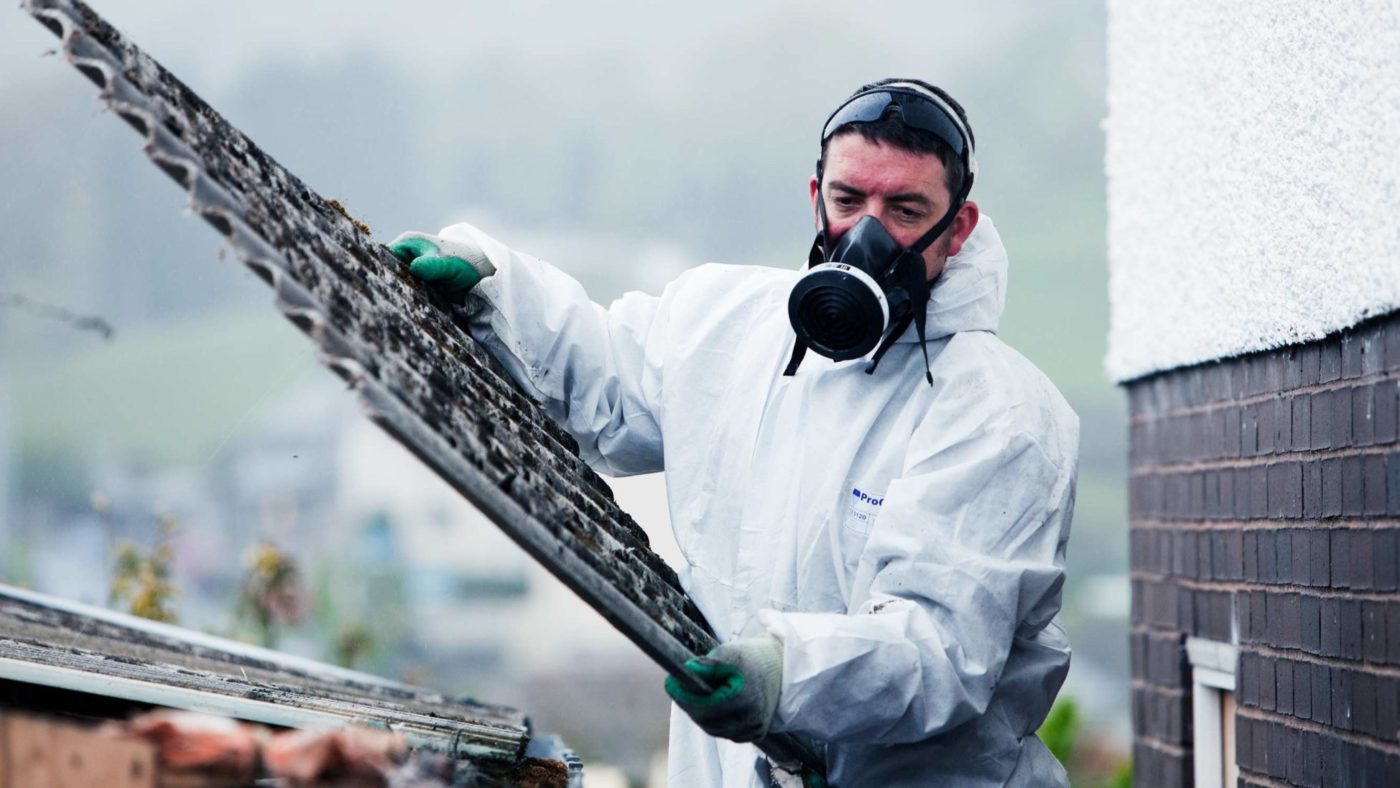This week marks 20 years since the UK banned asbestos. Welcome though that move was, banning something is by no means the same as eradicating it. There are still more than 6 million tonnes of the deadly carcinogen in the UK, and it continues to kill thousands of us every year.
The marketing gurus of the early 20th century sold asbestos as ‘The Magic Mineral’: fire-resistant and light enough to be woven and compacted into layers ideal for insulating man-made structures. It was so good for business that evidence directly linking asbestos fibres to a form of lung disease known as mesothelioma was suppressed for decades.
Unfortunately, the UK has historically imported more asbestos per capita than any other country in the world. In the mid-1970s, imports grew to about 170,000 tonnes a year, which is why the UK now has the highest rates of asbestos-related deaths in the world. Last year, more than 5,000 people succumbed to occupational deaths from illnesses linked to asbestos – more than the number killed on Britain’s roads.
Today, nobody disputes the link between asbestos dust and mesothelioma, which accounts for around half of all asbestos-related deaths in the UK. Instead the debate is about whether asbestos is a problem belonging to yesterday, today or tomorrow.
According to the Health and Safety Executive, the worst is already over. It argues that annual asbestos-related deaths will decrease rapidly after 2020 as occupational deaths in traditional sectors decline. That may be the case, but it ignores the steady rise in mesothelioma deaths among teachers and nurses, all of whom have been exposed to asbestos in their places of work.
Around 80% of schools in the UK contain asbestos. As a result, teachers are now five times likelier than average to develop mesothelioma. A Freedom of Information (FoI) request made in 2016 by the National Education Union (NEU) found that at least 319 teachers have died from mesothelioma since 1980. Of these cases, 205 have occurred since 2001.
Equally concerning is a report published in 2012 by an All-Party Parliamentary Group on Occupational Health and Safety cites a US study, which finds that for every teacher that dies from exposure to asbestos at work, nine pupils can also be expected to die of an asbestos-related illness. For every decade under the age of 30 a pupil or student is exposed, their chances of developing mesothelioma effectively double.
And so, far from being consigned to the past, a new generation of mesothelioma sufferers is starting to emerge. Patients as young as 30 have come forward in the last 12 months claiming to have breathed asbestos fibres at school, and even later again at university.
The HSE’s response to this finding was that asbestos only poses a threat if disturbed. In its guidance on monitoring asbestos safety, the HSE stipulates that a ‘duty holder’ must bear responsibility for checking and recording the type and condition of asbestos in public buildings. However, a number of surveys and FoI requests submitted by the NEU have found that teachers are often poorly informed by their duty holders, who differ from one institution to the next depending on the type of school they serve. One recent FoI response revealed that half of UK local education authorities couldn’t name schools within their control that contained asbestos.
Even if they could have done, the HSE does not keep a centralised database of complaints about asbestos in public buildings. Although the voluntary self-assessment survey it sent out to schools in 2018 was answered by 90% of recipients, these responses arguably amount to 20,000 schools marking their own homework.
As it currently stands, the safety monitoring regime substitutes ticking a few boxes for the altogether more arduous and expensive task of removing asbestos from public buildings. Though it may struggle for airtime with debates about Brexit or the NHS, a public health issue of this magnitude really ought to be a focus during this pivotal election campaign. If anything it’s gone backwards, with Labour removing its 2017 manifesto pledge to remove asbestos from schools.
The political response must begin by recognising that this is not a problem of the past that can simply be wished away. It is a live danger to children and young people all over the country learning and playing in buildings riddled with a dangerous carcinogen.


